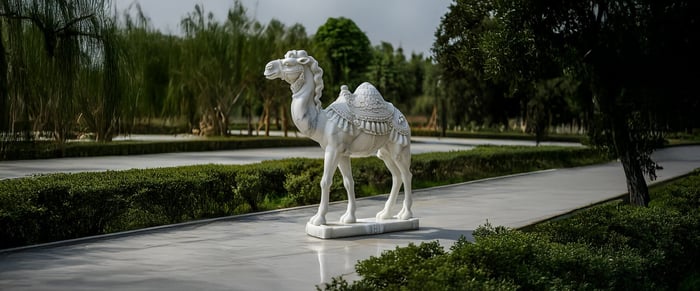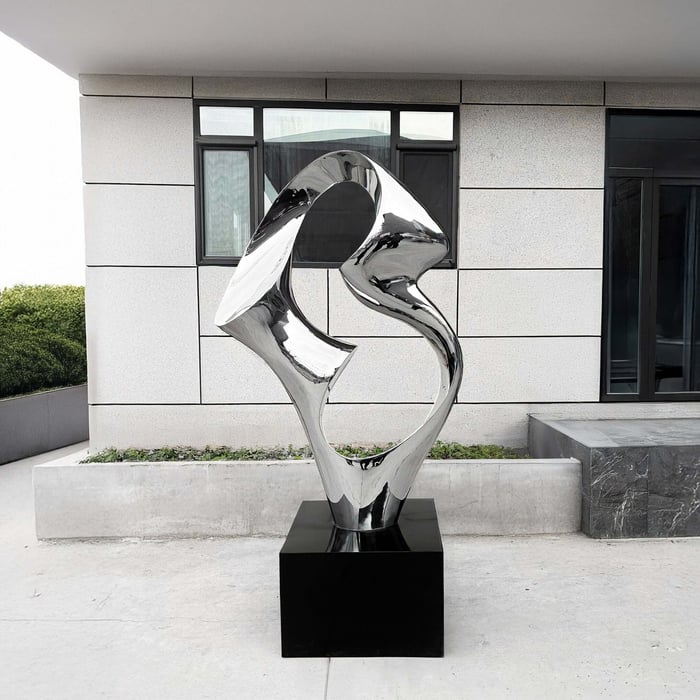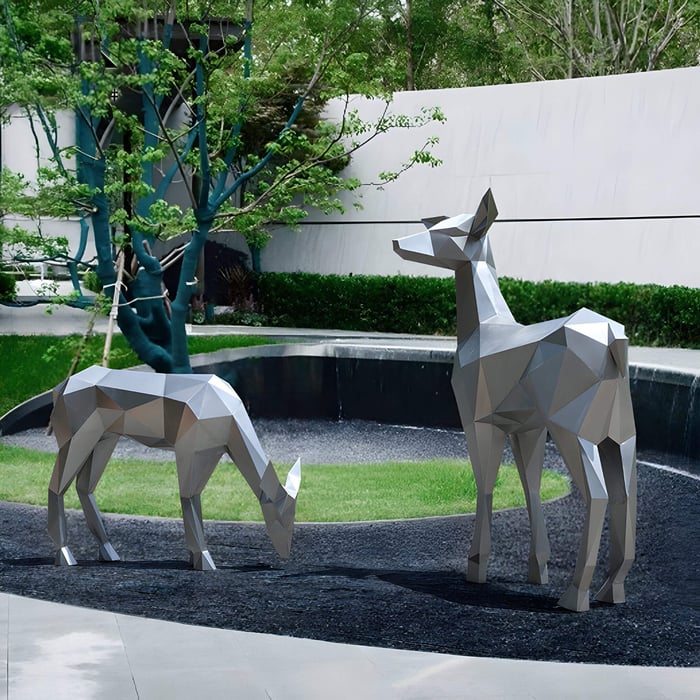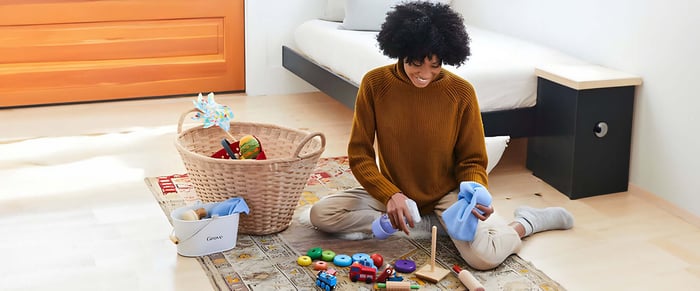Introduction
Have you ever considered how outdoor sculptures can transform your home into a stunning artistic retreat? Placed in a garden, patio, or courtyard, outdoor sculptures add personality, elegance, and artistic depth to private spaces. From classic sculptures that evoke timeless beauty to modern sculptures that create a contemporary edge, these pieces transform ordinary outdoor areas into stunning visual statements.
However, outdoor sculptures face constant exposure to the elements, leading to wear and damage over time. Rain, sun, humidity, and biological growth can quickly degrade these artworks if not properly maintained. Understanding the challenges of conservation and applying the right care techniques can significantly extend their lifespan.
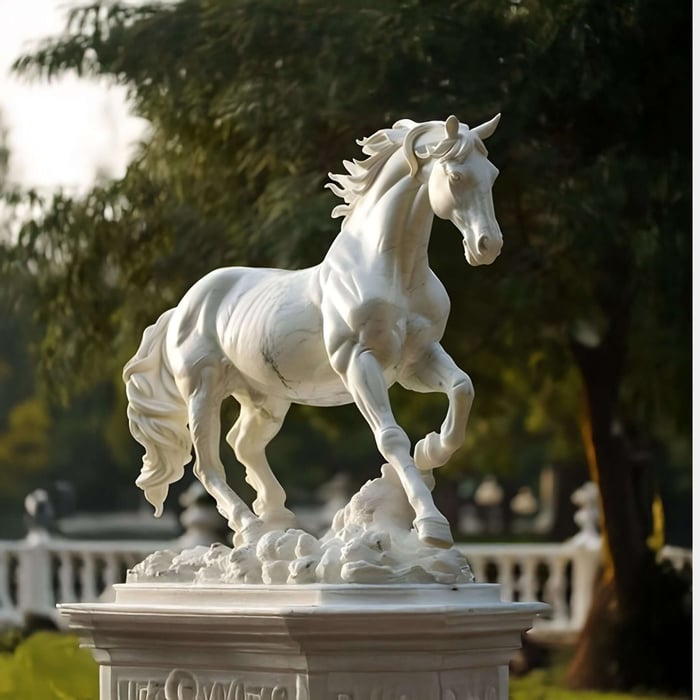
Why Conserving Outdoor Sculptures at Home Matters
Enhancing Aesthetic Appeal and Longevity
Homeowners invest in outdoor sculptures to create visually striking landscapes. Whether you prefer abstract sculptures with unique artistic expressions or geometric sculptures that add modern symmetry, these pieces serve as focal points in your garden or patio. However, without proper care, exposure to harsh weather conditions can dull their appearance, causing cracks, discoloration, and surface erosion. Regular maintenance ensures that these sculptures remain aesthetically vibrant and structurally sound.
Protecting Your Investment
High-quality sculptures can be a significant financial investment. Pieces made from stone, bronze, or metal can cost thousands of dollars, and without proper conservation, they may deteriorate beyond repair. By implementing routine care and protective treatments, homeowners can avoid costly restorations and safeguard their artistic investments for decades.
Common Threats to Outdoor Sculptures at Home
Environmental Conditions and Weathering
Outdoor sculptures are constantly exposed to weather fluctuations that can accelerate deterioration.
- Rain and Moisture: Water is one of the biggest threats to classic sculptures made of stone or concrete. Rain can cause erosion, leading to fading and weakening of the surface.
- UV Damage: Modern sculptures made from painted metals or polymers can suffer from fading due to prolonged sun exposure. UV rays break down pigments and coatings, leading to discoloration.
- Temperature Changes: In regions with extreme weather, temperature fluctuations cause materials to expand and contract. This effect can lead to cracking, particularly in organic sculptures made from wood.
Biological Growth and Natural Decay
- Moss, Algae, and Mold: In humid climates, organic sculptures are highly susceptible to moss and algae growth. This not only affects appearance but also weakens the material over time.
- Pests and Insects: Wooden sculptures can become infested with termites or fungi, which lead to rotting and structural instability.
Physical Damage from Accidents and Handling
- Garden Equipment & Landscaping Work: A common cause of damage is accidental impacts from lawnmowers, hedge trimmers, or irrigation systems.
- Improper Placement: If placed on uneven ground, sculptures can topple, leading to fractures or chipping. Heavy geometric sculptures should always be installed on a stable base.
Techniques and Strategies for Preserving Outdoor Sculptures at Home
Routine Cleaning and Maintenance
Regular cleaning helps preserve the appearance and integrity of outdoor sculptures. However, different materials require specific care techniques:
- Stone Sculptures (Marble, Limestone, Granite): Use a soft-bristle brush and a mixture of mild soap and water. Avoid acidic cleaners, which can erode the stone.
- Metal Sculptures (Bronze, Steel, Aluminum): Use a non-abrasive cloth to wipe off dust. Apply a protective wax coating every six months to prevent oxidation.
- Wooden Sculptures: Apply weatherproofing sealants to protect against moisture and UV rays.
Protective Coatings for Long-Term Preservation
- UV-Resistant Sealants: Applying UV-blocking sealants can protect modern sculptures from fading due to sunlight exposure.
- Water-Repellent Treatments: A breathable sealant prevents rain absorption while allowing moisture trapped inside the sculpture to escape.
- Anti-Corrosion Coatings: Metal sculptures benefit from rust inhibitors that protect against oxidation.
Proper Placement for Maximum Protection
- Choose Sheltered Locations: If possible, place sculptures under patio covers, pergolas, or tree canopies to limit direct exposure to rain and sunlight.
- Use Elevated Bases: Keeping sculptures slightly above ground level (on pedestals or gravel beds) prevents water accumulation and soil erosion damage.
- Install Wind Protection: For lightweight or tall abstract sculptures, consider anchoring them with a secure base or wind-resistant installation method.
Technology and Innovations in Outdoor Sculpture Conservation
Homeowners can take advantage of modern technology to protect and restore their outdoor sculptures more effectively.
3D Scanning for Damage Assessment
Advanced 3D scanning can create digital models of sculptures, allowing homeowners to monitor surface degradation over time. If restoration is needed, precise measurements help artisans replicate damaged areas.
Smart Sensors for Climate Monitoring
Some sculpture owners use small environmental sensors that track temperature, humidity, and pollution levels. These sensors provide alerts when conditions threaten outdoor sculptures, allowing for timely protective measures.
Laser Cleaning for Delicate Surfaces
For high-end sculptures, laser cleaning is a cutting-edge method that removes dirt, rust, and biological growth without harming the original material. This technique is ideal for classic sculptures and modern sculptures with detailed engravings.
Ensuring the Longevity of Your Outdoor Sculptures
Preserving outdoor sculptures at home requires proactive care, strategic placement, and the right maintenance techniques. These pieces are not just decorative accents; they are long-term investments that add beauty, sophistication, and personality to your outdoor space. However, without proper upkeep, sculptures can deteriorate quickly, losing their original charm and structural integrity.
Understanding the key threats - from weather damage and biological growth to accidental impact and improper placement - allows homeowners to implement the best conservation strategies. By integrating regular cleaning routines, protective coatings, and strategic positioning, you can significantly extend the life of your sculptures while ensuring they remain a stunning focal point in your garden, patio, or courtyard.
It’s important to monitor your sculptures seasonally and adjust their care based on environmental changes. For example, metal modern sculptures may require additional protective coatings before winter to prevent rust, while organic sculptures made from wood may need a reseal before the rainy season. Likewise, homeowners in particularly sunny regions should be proactive about applying UV-resistant sealants to prevent fading and cracking.
Additionally, consider investing in long-term protective measures such as elevated bases, landscape wind barriers, or partial shade structures to further shield sculptures from extreme weather. If you notice early signs of wear - such as discoloration, cracking, or biological growth - address them immediately to prevent more significant damage.
With the right maintenance, whether you own abstract sculptures, classic sculptures, geometric sculptures, organic sculptures, or modern sculptures, you can keep them looking pristine and vibrant for decades.
Take Action Today
If you’re looking for stunning outdoor sculptures to enhance your home, explore our curated collection of handcrafted pieces. We offer durable, weather-resistant sculptures designed for long-term beauty and resilience, ensuring they can withstand the test of time. Whether you're seeking a timeless classic sculpture, a bold geometric design, or a nature-inspired organic sculpture, our collection has something for every taste and style. Investing in quality art not only enhances your landscape but also ensures a lasting, meaningful addition to your environment.














































































